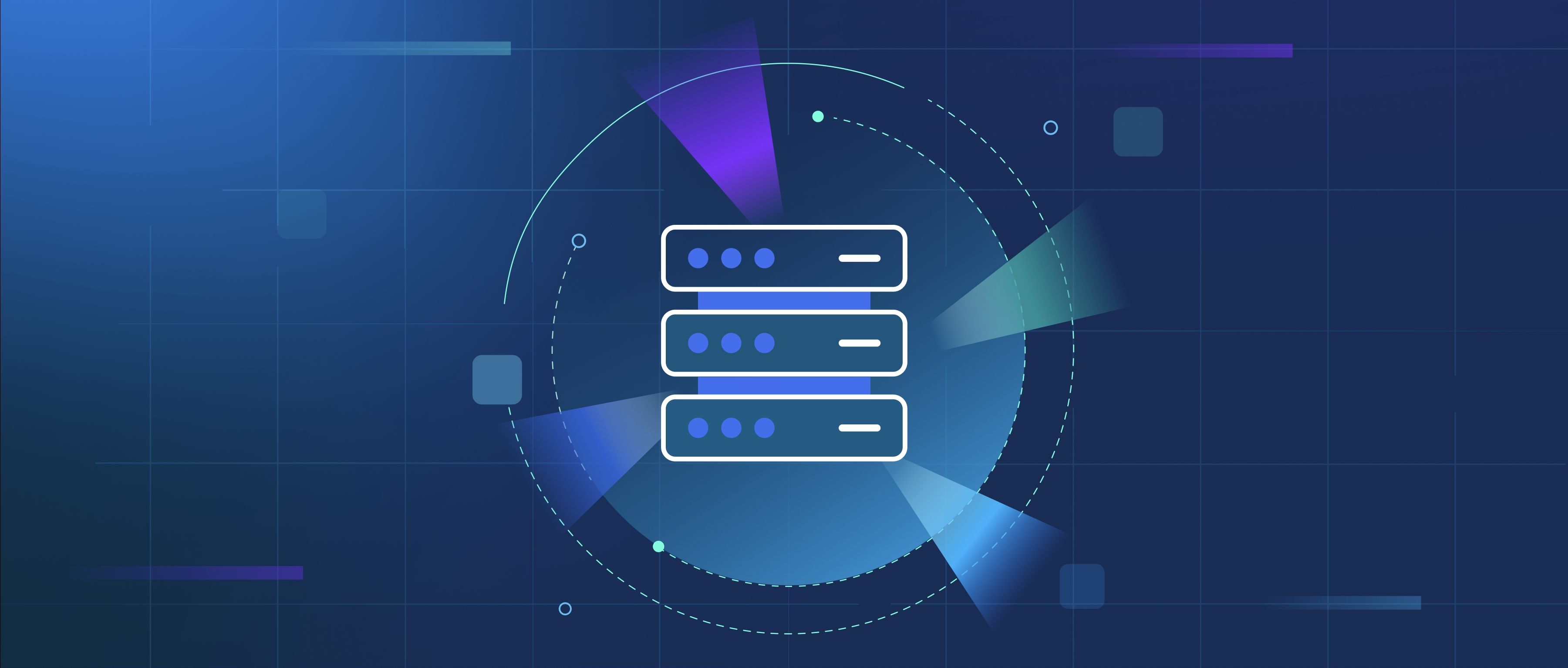Securing data streams is essential to protect sensitive information and maintain the integrity of communication between systems. The best practices for achieving this involve implementing strong encryption, ensuring proper authentication, and utilizing access controls. By focusing on these areas, developers can significantly reduce the risk of data breaches and unauthorized access.
Firstly, encryption should be a fundamental component when securing data streams. Using protocols like Transport Layer Security (TLS) can help encrypt data in transit, making it unreadable to anyone intercepting the communication. It’s vital to use current versions of these protocols and keep libraries up to date to avoid vulnerabilities. For instance, employing end-to-end encryption ensures that data remains secure even if it passes through multiple servers. Developers should also consider implementing additional encryption for stored data to safeguard it further when at rest.
Secondly, authentication and access control are crucial for verifying the identity of users and systems involved in data transmission. This can be achieved through implementing strong, multi-factor authentication methods and using API keys for service-to-service communication. Limiting access based on user roles and implementing the principle of least privilege can prevent unauthorized users from accessing sensitive data streams. Regularly auditing access logs and monitoring for unusual activities can further enhance security. By adhering to these practices, developers can build robust systems that protect data from various forms of threats.
